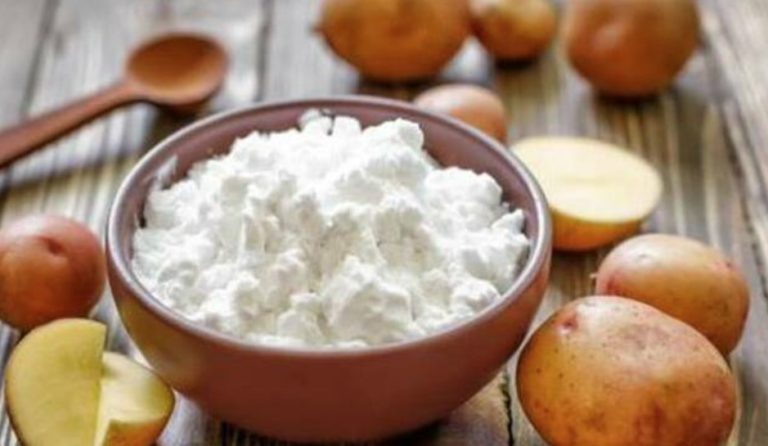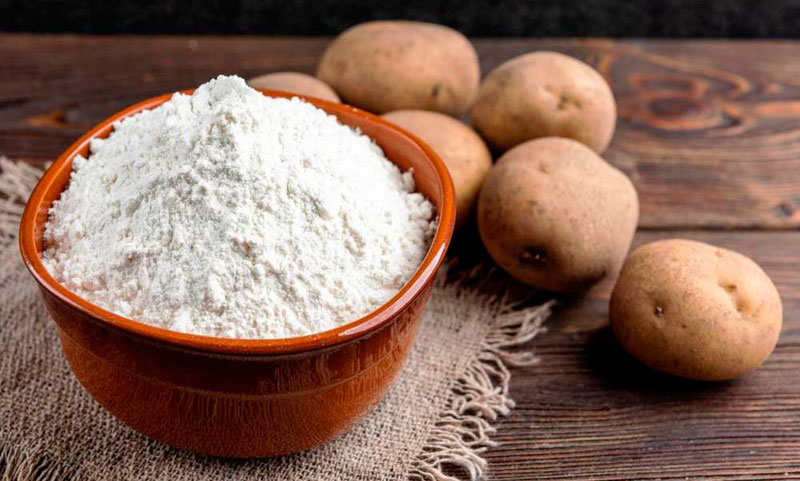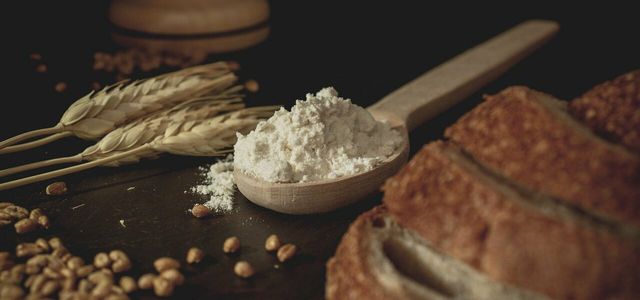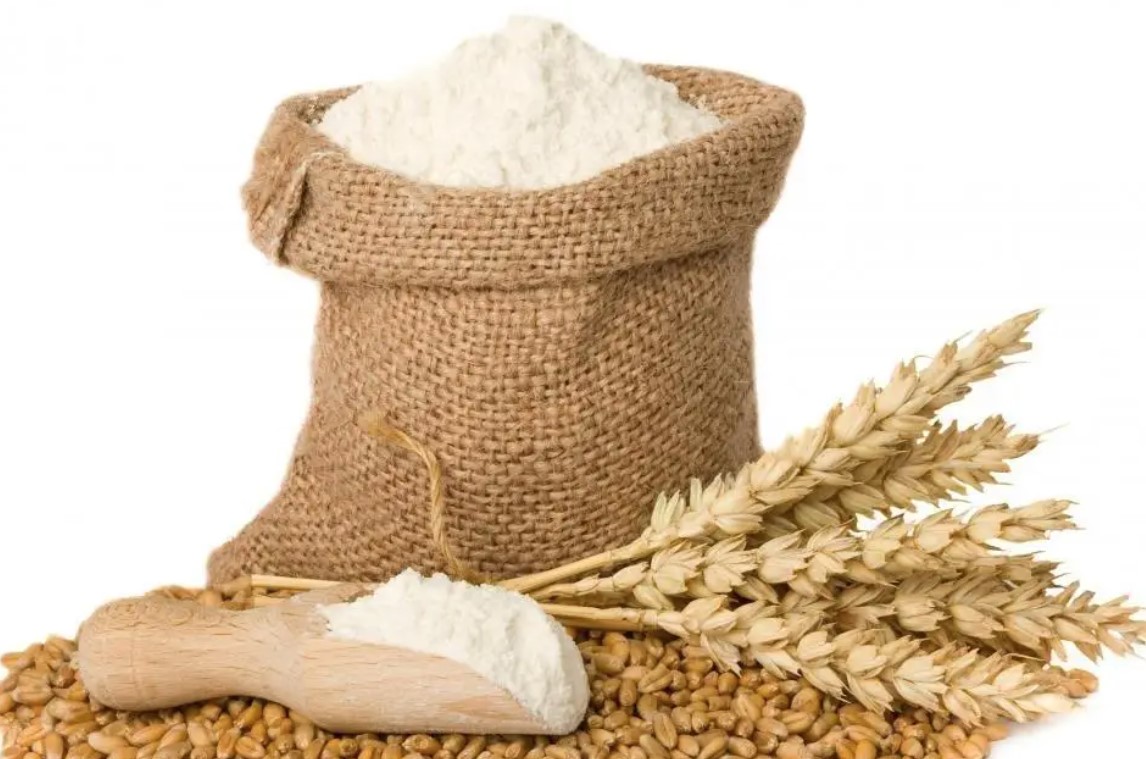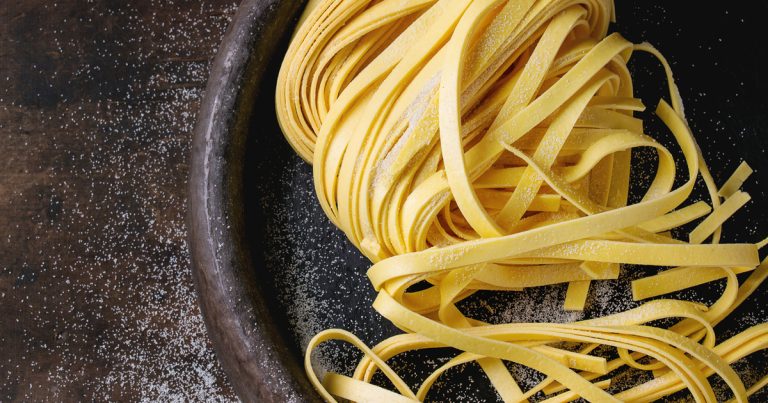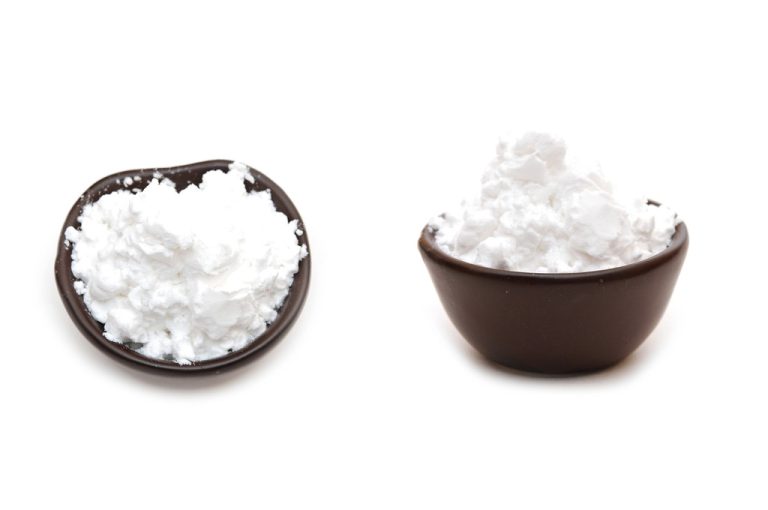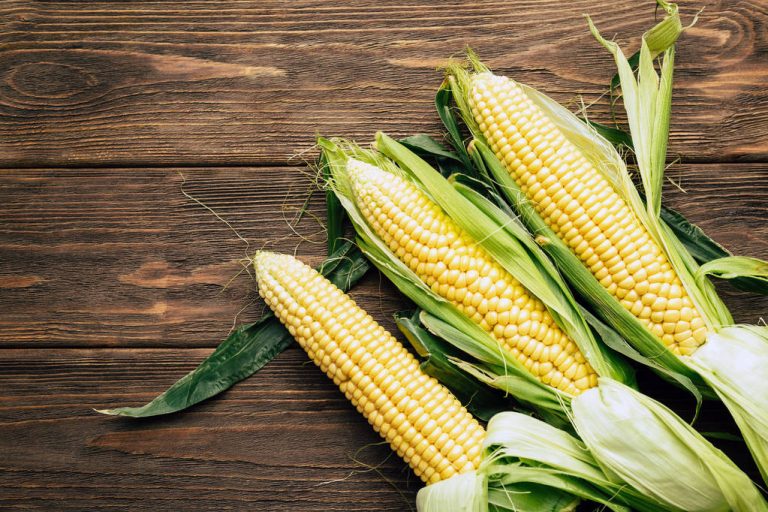Modified starch is an additive that is subject to authorization and is based on ordinary food starch. In this article you will find out exactly what modified starch is, how the additive is used and whether you should avoid it.
Additives E1404 to E1450

Modified starch is not a single additive: A total of eleven different variants of modified starch can be found in the list of food additives (E number list). However, the substances with the E numbers from E1404 to E1450 all have one thing in common: They are based on chemically modified cornstarch.
Ordinary starch mostly comes from potatoes, corn or wheat. In this form you will find the substance as a “starch” on the list of ingredients. Even if starch is modified physically (by heat or pressure) or enzymatically, it is still considered an ingredient according to the Bavarian Consumer Advice Center – and is therefore listed as “starch”. However, as soon as the substance has been chemically modified, it is, according to the definition, an additive with an E number that is subject to authorization. In the list of ingredients you will then find the additive as “modified starch”. Background: The chemical modification profoundly changes the structure of the substance.
Depending on the process, the starch is chemically modified once or several times. In addition to physical or enzymatic modification, according to the BVL, the starch is treated with acid or alkali solution, oxidized or bleached, among other things.
Use: Modified starch in food
Normal cornstarch and modified starches are used in the food industry primarily as binding agents: the substances can be used to make sauces, puddings and soups creamier, but also to hold finished products such as French fries together. Modified starches can also be found in dressings, mayonnaise, instant products, frozen products and dairy products.
Compared to conventional starch, modified starch is less sensitive to cold, heat and acid and/or swells better.
These properties are used primarily for finished products that are deep-frozen or heated in the microwave. Thanks to the modified starch, the consistency of the products does not change even when cooking or freezing.
Modified Strength: Buying Tips and Advice

In general, we recommend using natural, unprocessed foods as often as possible instead of industrially processed products. This is not only more environmentally friendly, but also healthier. By cooking with natural foods as often as possible instead of eating ready-made products, you have full control over all the ingredients. For this reason, we generally advise against products that contain additives such as modified starch. Tip: Follow the ten rules for a balanced diet.
In addition, you should always use organic food whenever possible. Controlled organic farming is not only more environmentally friendly, but also dispenses with chemical-synthetic pesticides. In addition, fewer additives are permitted for processed organic foods. If you pay attention to an organic seal when buying, you automatically avoid modified starch, because according to the Bavarian consumer advice center, this is not allowed in organic food.
That being said, food manufacturers must always list modified starches as an additive on the ingredients list. How to read the food ingredient list correctly is explained in another article.
From a health point of view, modified starch is no different from ordinary cornstarch because the body processes it in the same way. The additive itself is therefore less of a concern than the product in which it is used: Such products are mostly highly processed foods with many questionable ingredients such as a lot of salt or sugar, flavorings and other additives. In addition, modified starch is based in part on genetically modified corn.

